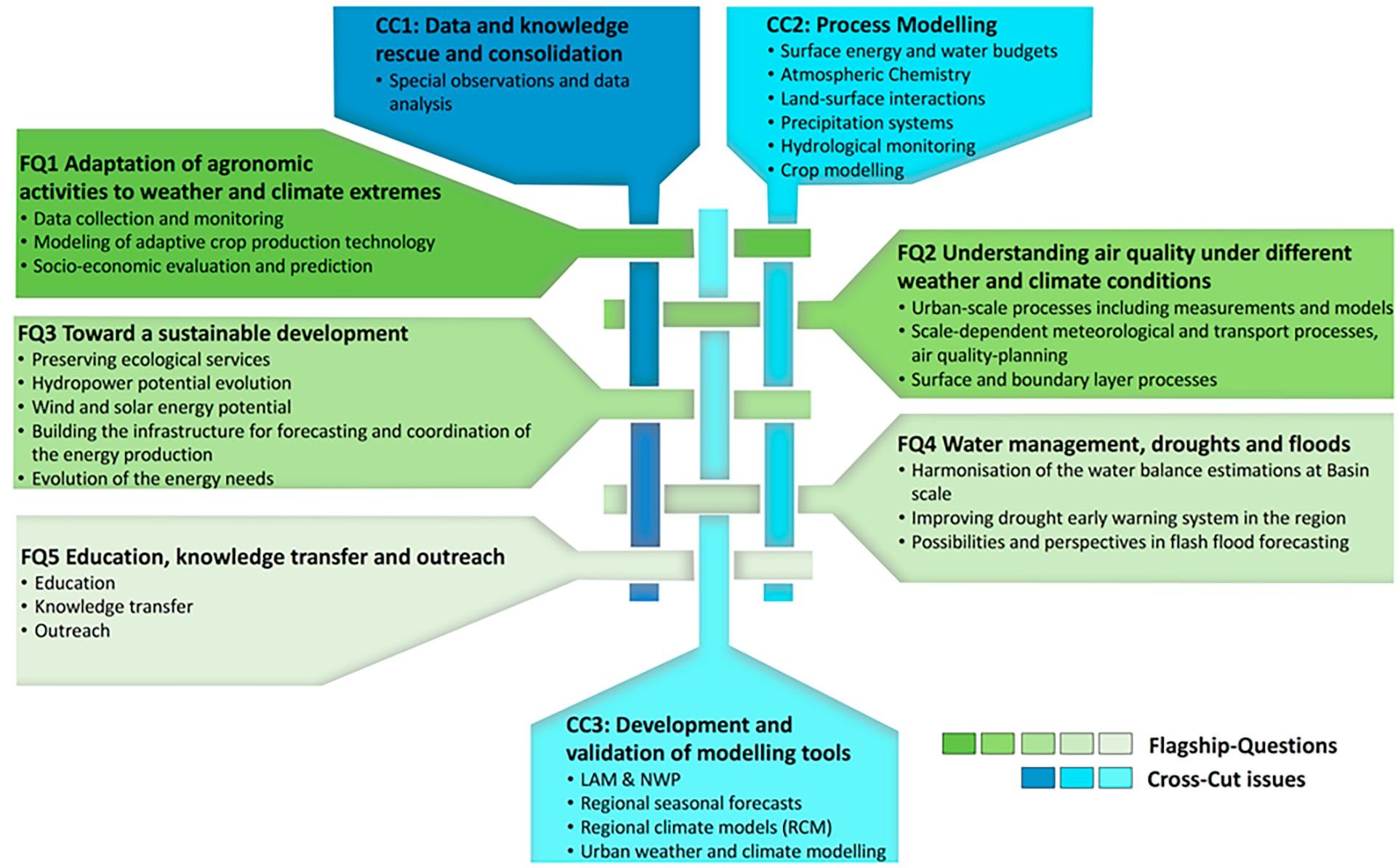
The almost closed structure of the Pannonian Basin makes it an exceptional natural laboratory for the study of the water and energy cycles. Furthermore, it occupies an area defined by high diversity of the physical, biophysical and socio-economic conditions. An earlier article by Lung and Hilden on multi-sectoral vulnerability and risks suggested that the Pannonian Basin would be among the hotspot regions with the highest number of severely affected sectors in Europe, based on model projections of climate change impacts and vulnerabilities. In recent decades, an increase in frequency and severity of extreme events, such as heat waves, droughts and extreme precipitation, has been observed and already impacted many regions of the Pannonian Basin.
PannEx is a Regional Hydroclimate Project (RHP) undertaken at the regional scale of the Pannonian Basin, under the umbrella of WCRP's Global Energy and Water Exchanges Project (GEWEX). In their newly published article, “PannEx: The Pannonian Basin Experiment”, the authors around the PannEx team identified five flagship activities and three cross-cutting actions which combine current scientific challenges with related societal needs. Addressing challenges in agriculture, air quality, sustainable development, water management and education, PannEx aims to provide a framework for science-based environmental management under contemporary climate and anthropogenic regional impacts through improved Earth System understanding of the Pannonian Basin. This project will contribute to spread knowledge about the management of biodiversity, health care, forests, agriculture, water, energy production and consumption, flooding areas, urban areas and rural settlements from regional to global level.
The paper is published in the journal "Climate Services" (read the full article here).

